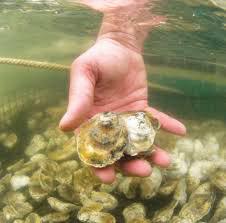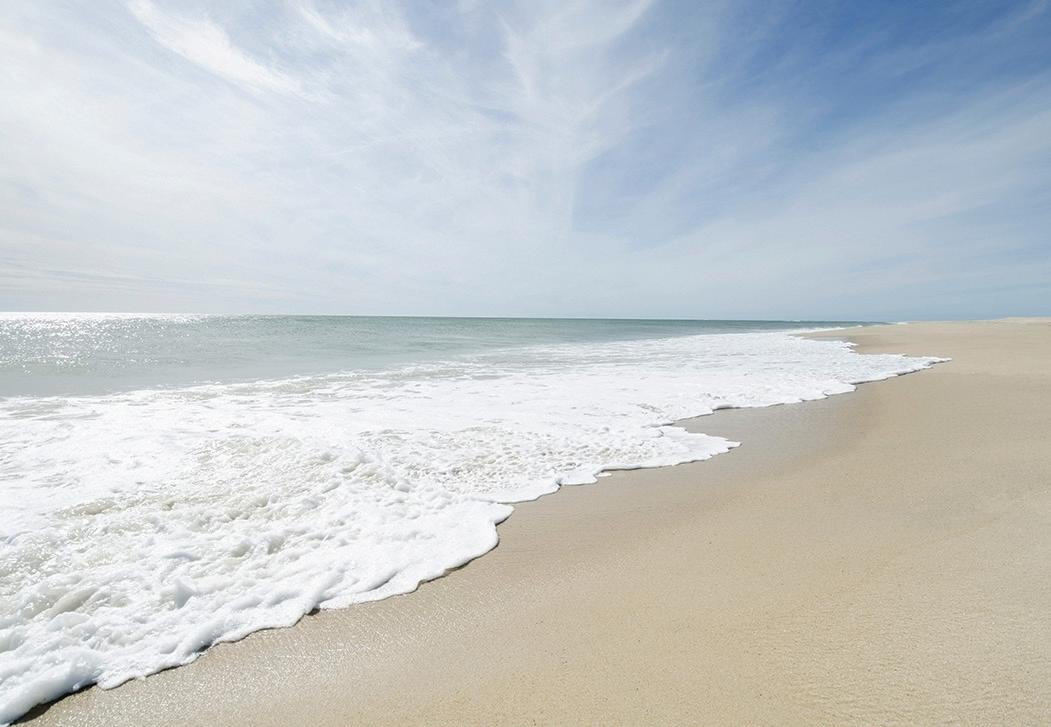
2 minute read
Oysters SOAR: A.M. Foley
Oysters SOAR
by A.M. Foley
A new program called SOAR is offering relief from a COVID19-related problem menacing some Chesapeake Bay watermen. Noninfectious effects from COVID-19 are so widespread they threaten oyster beds under Chesapeake Bay, not with the virus but with fatal ripple effects. Oysters are immune to COVID-19, but the pandemic is impacting raw bars and seafood restaurants, along with their suppliers and staying-at-home patrons. The necessity of shelterin-place directives and limited restaurant service has resulted in business closures or drastically limited dining service, costing oystermen and aquaculturists a large percentage of their customers.
After decades of lying dormant, oyster culture had been expanding rapidly in recent years, a trend brought to a screeching halt when the pandemic suddenly struck the restaurant industry in March 2020. Normally, restaurants account for an estimated 70 percent of overall seafood consumption. In the particular case of oysters, as high as 95 percent are consumed away from home. Apparently, home cooks are leery of having to shuck oysters, perhaps unaware of the fact that one minute or less in a microwave oven will open an oys-
ter. (Just try to pick a crab in one minute.)
Of course, pre-shucked oysters are widely available and totally user-friendly, filet-of-oyster not being an issue. Why more seafood lovers aren’t eager to take advantage of this traditional convenience food is puzzling, considering their historic popularity. Following the Civil War, development of canneries coincided with westward railroad expansion. Inland settlers were so receptive to shipments of canned, shucked oysters that some shingled roofs with crushed oyster cans.
As canneries around the Bay multiplied in the latter 1800s, the push to adequately supply processors spawned a state program to lease barren Bay bottom to oystermen. These pioneering nineteenth-

C. ALBERT MATTHEWS
INC.
Where Integrity Meets Innovation CARRIER 360° ENERGY AUDIT WATER PURIFICATION SYSTEMS PLUMBING-HEATING-AIR CONDITIONING GEOTHERMAL-SOLAR-NEW INSTALLATION ELECTRICAL-REPAIR & MAINTENANCE EFFICIENCY-SAFETY-COMFORT
WWW.CALBERTMATTHEWSINC.COM 410-822-0900
century aquaculturists planted emptied shells and seed oysters underwater on ground leased from the state, growing their own beds of oysters where none had existed. The results could be harvested at will, in or out of season. A few of these private beds survive today in the hands of the same families that created them.
Over the last century and a half, the wild oyster harvest from natural reefs has drastically declined. This fall off is attributed, depending on one’s point of view, to diseases (natural or introduced by scientific experiments), over-harvesting by oystermen, state regulators (wise or ill informed), waterfront overdevelopment, silt from erosion, industrial pollution . . . or all of the above. Whatever the causes, one benefit of the decline is that traditional oystermen have been hedging their bets by becoming involved in aquaculture rather

Come see us at Shorely Beautiful We would L♣ve to help.
Flooring ◆ Tiles ◆ Rugs ◆ Wallpaper Fabrics ◆ Window Treatments ◆ Cabinetry Countertops ◆ Design Help and more!












